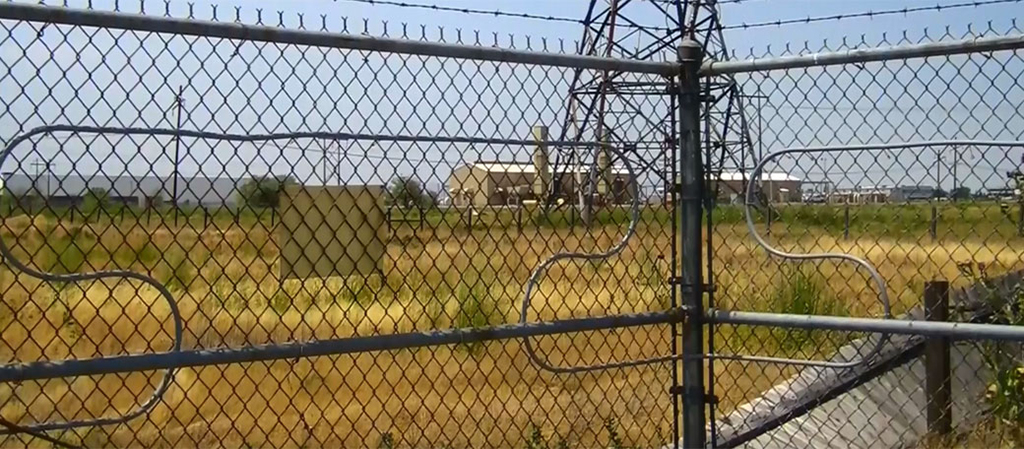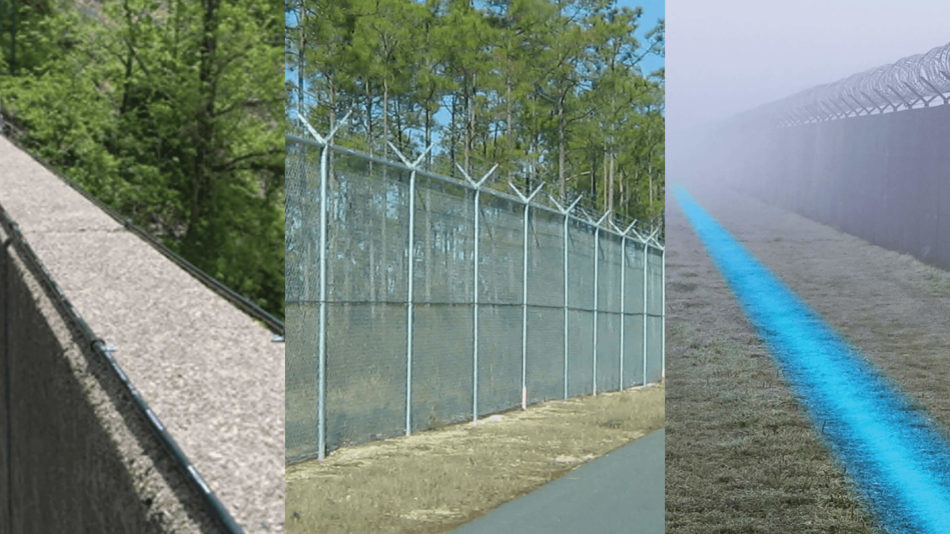The Importance of a Fiber Optic Security System in Protecting Critical Infrastructure and Areas
The Importance of a Fiber Optic Security System in Protecting Critical Infrastructure and Areas
Blog Article
Why Fiber Optic Security Systems Are the Future of Protection
The change to fiber optic protection systems notes a considerable innovation in the world of security, driven by their remarkable data transmission abilities and strength to exterior interferences. As the landscape of safety develops together with emerging technologies such as AI and IoT, the potential for fiber optics to boost and redefine security infrastructures comes to be progressively noticeable.
Advantages of Fiber Optic Solutions
Among the key benefits of fiber optic systems is their remarkable bandwidth ability, which helps with the transmission of big volumes of information over cross countries without considerable loss. This characteristic is especially useful for protection applications that call for the constant tracking and transfer of high-def video clip feeds, sensor data, and other important info. Optical fiber can suit the expanding demands of contemporary safety and security systems, making certain that data continues to be intact and reputable.
In addition, fiber optic cables are much less susceptible to electromagnetic interference, which can be a considerable concern in environments with different electronic gadgets. This resistance boosts the stability of the information being transmitted, thus lessening the threat of information breaches or system failings. Moreover, fiber optic systems are inherently extra safe than typical copper cable televisions, as taking advantage of a fiber optic line without detection is exceedingly tough.
The durability of fiber optic cables also adds to their charm. They are immune to ecological aspects such as moisture and temperature level variations, lowering maintenance costs and raising system long life. Overall, these benefits setting fiber optic systems as a durable and effective option for modern-day safety and security infrastructures, guaranteeing reputable and safe data transmission.
Boosted Information Transmission Speed

The capability to send substantial amounts of data quickly helps with the smooth combination of high-def video clip feeds and progressed analytics. Safety systems can currently refine and assess info in real-time, improving feedback times and situational understanding. Additionally, fiber optic connections sustain longer transmission distances without degradation of signal high quality, making them excellent for large protection networks.
The boosted speed of fiber optic systems not only improves the effectiveness of safety operations yet likewise reduces latency. This is especially important in vital situations where prompt decision-making can prevent security violations or reduce possible risks. As organizations continue to prioritize safety and security and effectiveness, the demand for quick and Going Here reputable information transmission will definitely strengthen fiber optic systems as a cornerstone of modern-day security framework.
Resistance to Interference
Fiber optic safety and security systems continually demonstrate extraordinary resistance to electro-magnetic disturbance, an important benefit in atmospheres vulnerable to digital sound. Unlike conventional copper cable televisions, which can be negatively affected by electro-magnetic areas, superhigh frequency disturbance, and other forms of electric disruption, fiber optic wires make use of light to transfer data. This intrinsic home guarantees that the signals continue to be clear and unaltered, no matter bordering digital activity.
Making use of glass or plastic fibers in fiber optic innovation produces a barrier against disturbance, enabling reliable data transmission also in tough scenarios such as commercial centers, metropolitan areas with high digital web traffic, or areas near radio towers. This characteristic substantially decreases the possibility of signal destruction or loss, making fiber optic systems particularly ideal for safety applications where stability and accuracy of data are paramount.
Furthermore, this resistance to disturbance enhances the total efficiency and reliability of security systems, making certain that tracking and alert systems work seamlessly. In a globe where security is increasingly intimidated by innovative innovations, the durability of fiber optic systems sticks out as a crucial attribute, reinforcing their condition as a vital component of modern safety and security facilities.
Cost-Effectiveness With Time
Substantial price financial savings can be attained with time with the execution of fiber optic security systems. While the initial investment might appear greater compared to conventional Learn More Here copper-based systems, the long-term financial benefits become obvious with reduced functional and maintenance costs (fiber security). Fiber optic cables are inherently a lot more resilient and less vulnerable to environmental factors, which converts to decrease substitute and fixing costs over their life expectancy
Moreover, fiber optic systems need less power to run, which even more lowers energy prices. Enhanced data transmission capabilities enable for less repeaters and amplifiers, lessening tools investment and simplifying setup processes. The scalability of these systems also adds to cost-effectiveness, as companies can expand their security facilities without sustaining significant added expenses.
One more variable to consider is the boosted performance in monitoring and reaction capacities that fiber optics offer. Improved real-time information transmission can lead to quicker event feedback times, possibly mitigating losses and liabilities associated with protection violations. Altogether, the long-lasting benefits of fiber optic safety and security systems not just warrant the initial expenditure but likewise place them as a financially prudent choice for organizations seeking robust protection options.

Future Advancements in Safety And Security
Advancing technologies are established to transform protection systems, integrating expert system (AI) and machine discovering to boost threat detection and action capacities. These technologies will permit safety and security systems to assess huge amounts of data in real-time, determining patterns and abnormalities that suggest possible hazards. This proactive approach will enable faster decision-making and much more effective occurrence actions.
Furthermore, the unification of the Net of Points (IoT) is leading the way for interconnected safety and security tools, supplying comprehensive surveillance and monitoring. Smart sensors can relay details about ecological changes, while automated signals can alert protection employees quickly of suspicious tasks.
In addition, the advancement of biometric innovations will further bolster safety and security mechanisms. Facial acknowledgment, fingerprint scanning, and retina identification are becoming extra advanced, offering layers of authentication his explanation that are hard to bypass.
Verdict
To conclude, fiber optic safety and security systems represent a substantial improvement in defense modern technology, providing unequaled data transmission rate, resistance to electromagnetic interference, and lasting cost-effectiveness. As the need for innovative protection solutions remains to grow, the integration of fiber optics with emerging technologies such as AI, IoT, and biometrics will better boost safety and security infrastructures (fiber security). The combination of these technologies will certainly guarantee a more protected and receptive atmosphere, strengthening optical fiber as a foundation of future safety systems
Report this page